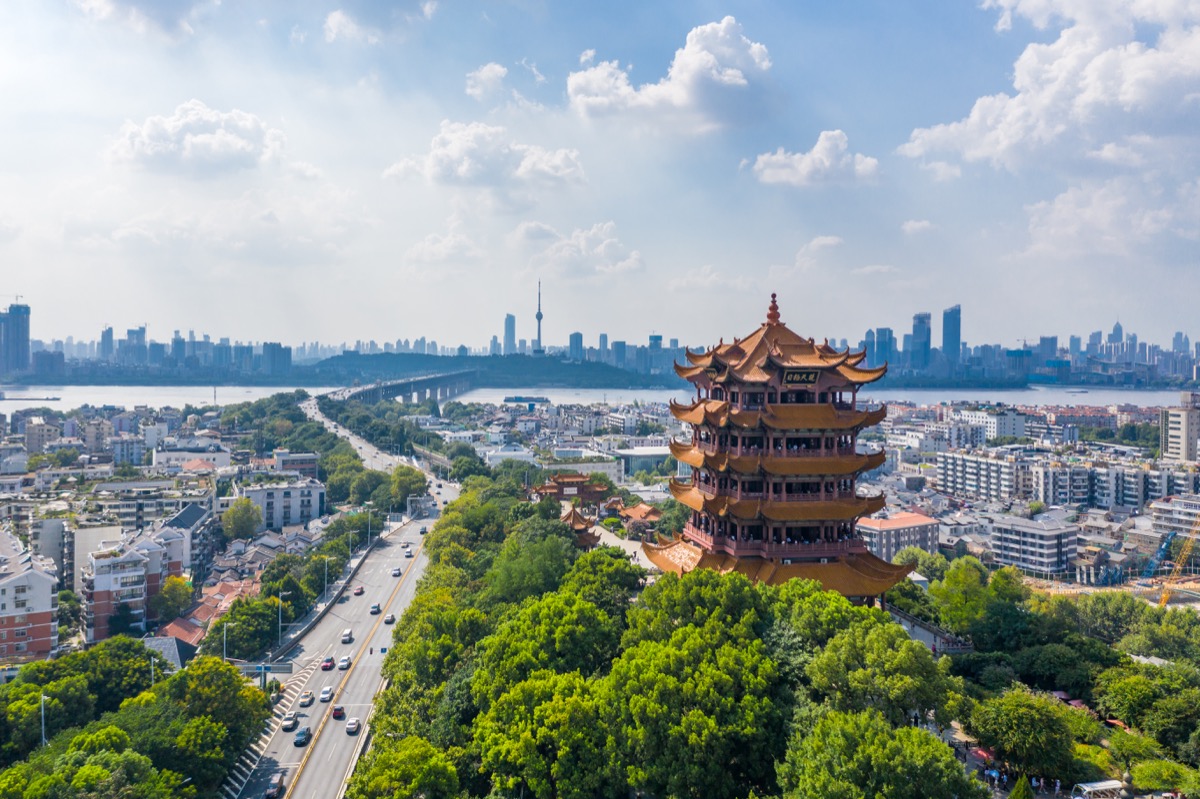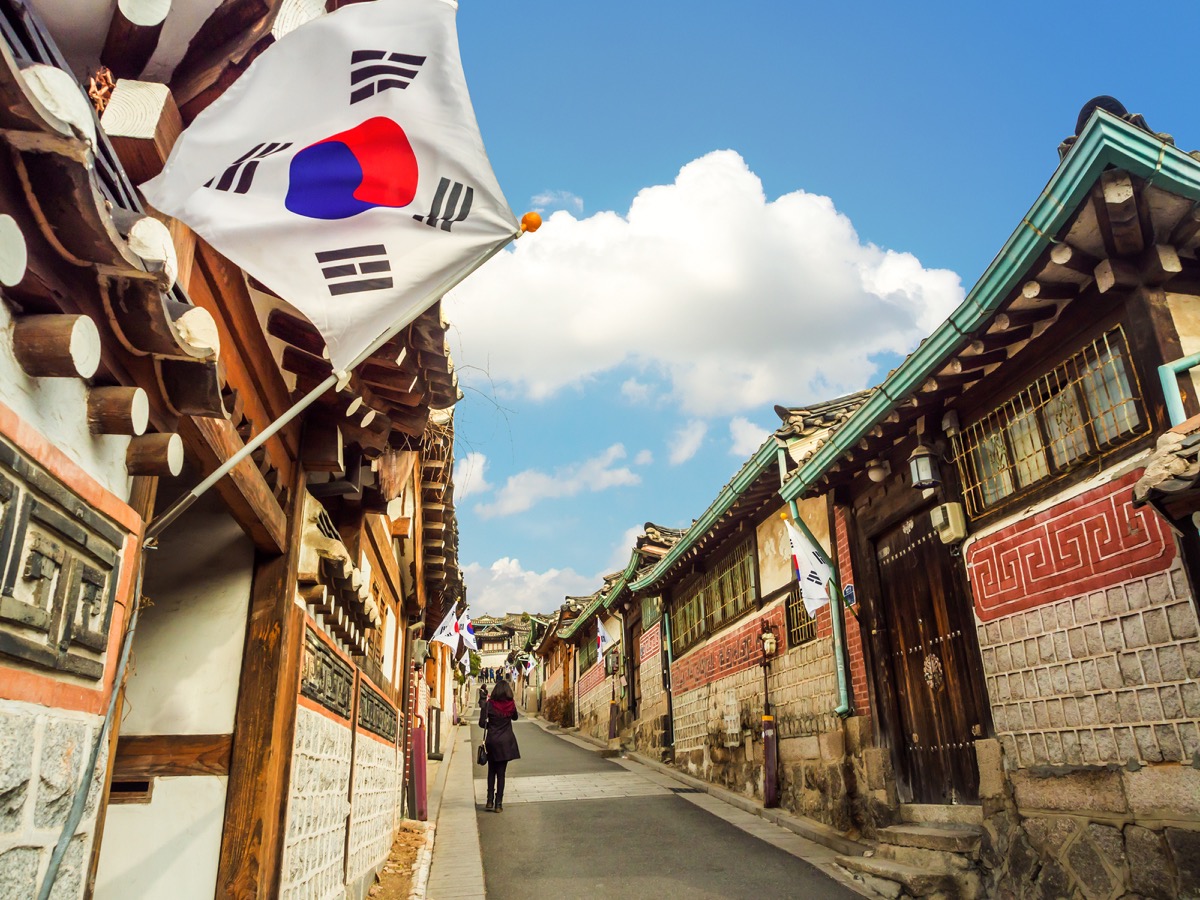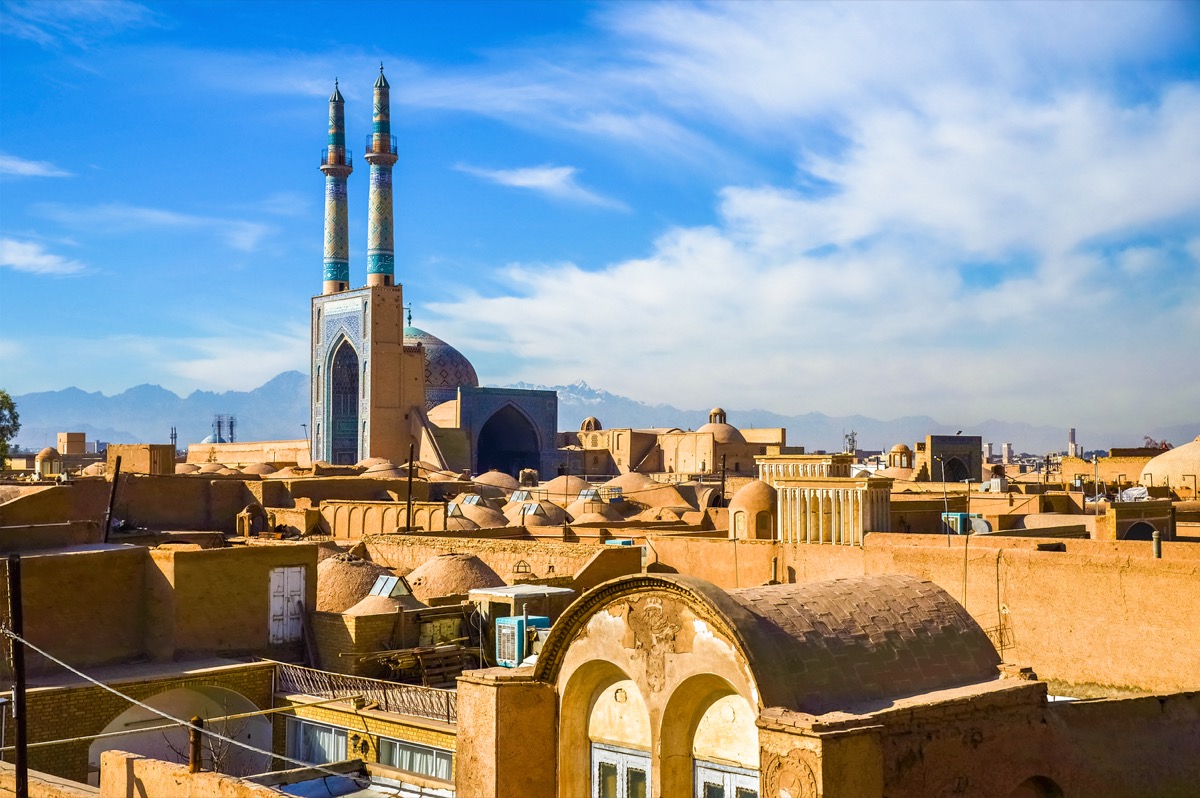These Are the Coronavirus Countries the CDC Is Warning Travelers About

The coronavirus, officially named COVID-19 by the World Health Organization, started in China and spread throughout much of the nation. Now, there are more than 70 additional countries with coronavirus cases—including the United States, most recently. At the time of publishing, nearly 93,000 people have been sickened, and at least 3,156 have died (2,945 of which were in China). Whole cities have been locked down. Flights have been rerouted and canceled. And stocks have plunged.
Clearly, there’s cause for concern. To separate out the understandable panic from the actual facts, here’s everything you need to know about traveling while COVID-19 continues to spread around the globe.
How does it spread?
First discovered in December 2019, COVID-19 is one strain of a coronavirus, a large family of viruses that circulate among animals such as camels, cattle, cats, and bats. COVID-19 was linked to a large seafood and live animal market in the city of Wuhan. Over time, a larger percentage of patients did not have contact with animal markets, suggesting it spread from person to person.
The virus is believed to be spread between people who are in close contact with one another (about six feet). When an infected person coughs or sneezes, those droplets can be inhaled by others nearby. According to the CDC, it may be possible to pick up if you touch a surface that has the virus on it and then touch your mouth, nose, or even eyes, but that’s not confirmed.
What are the symptoms?
COVID-19 is kind of like the flu, with symptoms like fever and general malaise along with lower respiratory issues such as cough and shortness of breath. Patients can develop complications like pneumonia or kidney issues, which have been the primary causes of coronavirus-related deaths.
How should travelers protect themselves?
Do the same things you’d do to prevent any other virus. Avoid touching your eyes, nose and mouth. Cover your face, ideally, with a tissue when you cough or sneeze, then throw the tissue away. If you don’t have a tissue, use your sleeve. Wash your hands frequently with soap and water for at least 20 seconds, especially before eating and after blowing your nose, coughing, sneezing and going to the bathroom. And only use a hand sanitizer with a minimum of 60 percent alcohol when soap and water are not available.
The CDC also recommends that travelers avoid all nonessential travel to China, not including Hong Kong, Macau, or the island of Taiwan. The organization has issued travel advisories for six other countries as well. Read on to find out which ones to be careful in.
1
China

Where not to go: The entire country
With more than 80,150 people infected and nearly 3,000 deaths, the COVID-19 outbreak in China—which emerged in Wuhan, the capital of Hubei Province—seems to have peaked and leveled off according to the World Health Organization. But due to the sheer numbers and rapid spread of the disease, the CDC recommends that travelers should avoid all nonessential travel to the country. Folks who have been in China must undergo a health screening and will be monitored by U.S. medical officials for 14 days after leaving the country.
2
South Korea

Where not to go: Daegu City and Cheongdo County
South Korea has the second-highest rate of confirmed cases in the world, 5,186 as well as 28 deaths. Though the COVID-19 outbreak in the country has been mostly contained to Daegu and Cheongdo, it is one of four nations that the CDC has marked a level-three warning to “avoid nonessential travel.”
Singapore, on the other hand, has only barred visitors from just Cheongdo and Daegu, which South Korea has designated “special care zones.” Singapore citizens, permanent residents, and long-term pass holders who have been to either of those places within the last 14 days will be issued a notice to stay-home.
3
Italy

Where not to go: Lombardy, Emilia-Romagna, Piedmont, and Veneto
Outside of Asia, Italy has had the highest number of COVID-19 cases. It has spread like wildfire with 2,502 cases contracted and 79 deaths around much of the northern part of the country. At least 10 towns have been locked down, schools in major cities have been closed, sporting events have been canceled, and cultural hallmarks including Venice Carnival and Milan’s Cathedral have been shut down. Milan, the frenetic fashion and finance capital, is in a lull.
Even though trains have been stopped for testing and planes have been rerouted, northern Italy’s outbreak has spread to France, Germany, Spain, Switzerland, and Austria as well as Tuscany and Sicily. Because of this, the CDC has raised the country to level-three warning and advised older adults and those with chronic medical conditions to consider postponing nonessential travel.
4
Iran

Where not to go: The entire country
Iran has had the most novel coronavirus cases in the Middle East with 2,336 confirmed cases of the disease and 77 deaths, putting it at a level-three warning, according to the CDC. Already in the midst of an economic crisis—its currency has plummeted and unemployment skyrocketed as a result of U.S. sanctions—President Hassan Rouhani has said that authorities will not quarantine any cities.
5
Japan

Where not to go: Yokohama
The CDC has advised travelers to reconsider going to Japan. Currently, the island nation has reached a level-two alert with sustained community transmission, advising high-risk travelers to take special precautions. Since the first infection was confirmed on January 28, there have been 979 confirmed cases and eight deaths in or just offshore of Japan. Many of those cases stemmed from the Diamond Princess cruise ship on which 634 passengers and crew members were confirmed to have contracted the virus. Passengers leaving the ship brought the virus back to the United States, Australia, Israel, and the United Kingdom, where they were placed on another 14-day period of isolation.
6
Hong Kong

Where to be careful: The entire city.
Hong Kong is the last place flagged by the CDC. It is under a level-one watch, which essentially means travelers should take some precautions. Two deaths and 100 cases of infection have been recorded in the city. But, at this time, the CDC says it is not recommended to cancel or postpone travel to Hong Kong. And for more helpful medical information, These Are the Worst Health Hazards Every Traveler Needs to Know About.